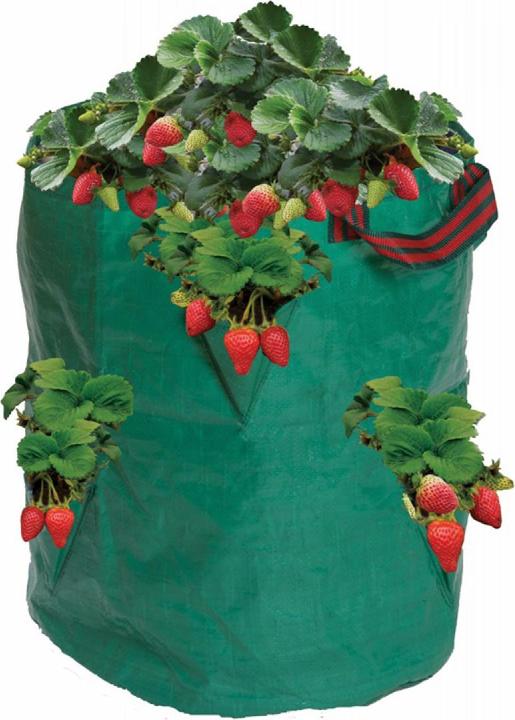

Toxins found in store-bought strawberries show you’re better off growing your own
Strawberries are supposed to be healthy in a multitude of ways. But a recent investigation by the German Federation for the Environment and Nature Conservation has revealed that you often get a whole cocktail of pesticides with the berries you buy. All this can be avoided if you simply grow them yourself.
Whether they’re from a street cart or the supermarket, grabbing a punnet of strawberries will often get you more than just juicy fruit. In its most recent consumer test on pesticide residues in food, the German Federation for the Environment and Nature Conservation detected as many as four different pesticides in strawberries.
An invisible chemical cocktail
Some of the toxins identified are considered to be either harmful to fertility or endocrine disruptors (meaning they’ll mess with your hormones). Not only can they harm us humans, but they can also be extremely toxic to birds and aquatic animals. Each of the four fungicides identified is hazardous in its own right. What’s also concerning, however, is the combination of several pesticides – and the fact we don’t yet know how these substances interact.
Always wash strawberries thoroughly
Unfortunately, going for organic alternatives doesn’t always help. As an investigation by «Öko-Test» magazine (in German) revealed, even the young organic strawberries you can get now are rarely pesticide-free.
With this in mind, be sure to wash strawberries thoroughly before eating them to minimise the risk. To do this, place the fruit in cold water for a few minutes, taking care not to damage it. Once they’re done soaking, rinse them under running water. Don’t remove the green calyx until you’ve washed the fruit.
Healthy and toxin-free: homegrown strawberries
If you’d prefer to be on the safe side, you’d be best off growing your own strawberries. This can be done in a small [grow bag](/search?q=planting bag) or window box, or you can go all out and get a [raised planter box](/search?q=raised bed). Once you’ve got a suitable container, all you’ll need are strawberry plants and some soil. When buying your soil, be sure to go for a peat-free variety to aid bog conservation. Many diseases that can affect strawberries, such as grey mould, common spot of strawberry and powdery mildew are caused by too much moisture. So to give the fruit better protection, you can put a straw layer over the soil. This will keep the fruit dry whilst preventing the soil from drying out.
Grow your own strawberries: what you need to get started
My personal tip:

Source: Anna Sandner
Science editor and biologist. I love animals and am fascinated by plants, their abilities and everything you can do with them. That's why my favourite place is always outside - somewhere in nature, preferably in my wild garden.



